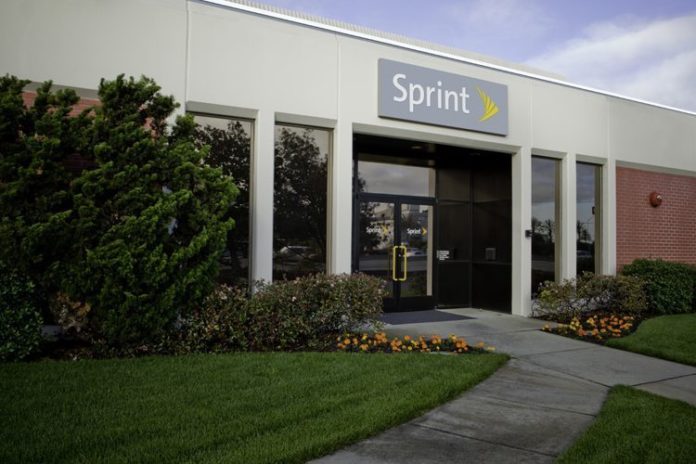Following months (years?) of disappointing financial results, Sprint ended last year on a bit of an upswing. The carrier posted fourth quarter financial results that came in a bit ahead of expectations, though challenges still remain.
Sprint said it added 477,000 net customers to its network during the final three months of 2013, turning around customer losses posted during the previous quarter as well as during the fourth quarter of 2012. The most recent growth was on the back of its direct Sprint prepaid operations as well as continued growth from affiliates and wholesale partners.
For the full year, Sprint said it lost nearly 2.3 million customers compared with a gain of 605,000 subscribers in 2012. The 2013 results were impacted by slower growth from its CDMA and LTE operations that were not enough to offset defections from the turn down of its iDEN network. Sprint ended 2013 with 55.3 million customers on its network.
Customer churn improved year-over-year during the fourth quarter, with postpaid churn dipping from 2.18% in 2012 to 2.15% in 2013, while prepaid churn dropped from 3.3% in 2012 to 3.22% last year. However, full-year churn increased, with postpaid churn climbing from 2.02% in 2012 to 2.24% in 2013, while prepaid churn swelled from 3.45% in 2012 to 3.94% in 2013.
Average revenue per user remain flat on the postpaid side, decreasing only slightly from $63.46 during the fourth quarter of 2012 to $63.44 in 2013, while prepaid ARPU increased 70 cents year-over-year to $27.34. For the full year, postpaid ARPU surged $2.45 to $63.29, while prepaid ARPU slid 10 cents to $26.62 in 2013.
Total revenues for the fourth quarter increased year-over-year from $9 billion in 2012 to $9.1 billion in 2013. Operating expenses inched up only slightly year-over-year during the fourth quarter, which helped drop net losses from $1.3 billion during the fourth quarter of 2012 to just over $1 billion last year. Helping to keep a lid on expenses were lower than expected costs associated with capital expenditures, which came in at less than $2 billion for the fourth quarter and less than $7 billion for the full year. Analysts had expected Sprint to spend north of $2.5 billion on capex for the fourth quarter and closer to $8 billion for the full year.
Overall, the news seemed to appease investors as Sprint’s stock surged more than 6% in early Tuesday trading.
Bored? Why not follow me on Twitter?

